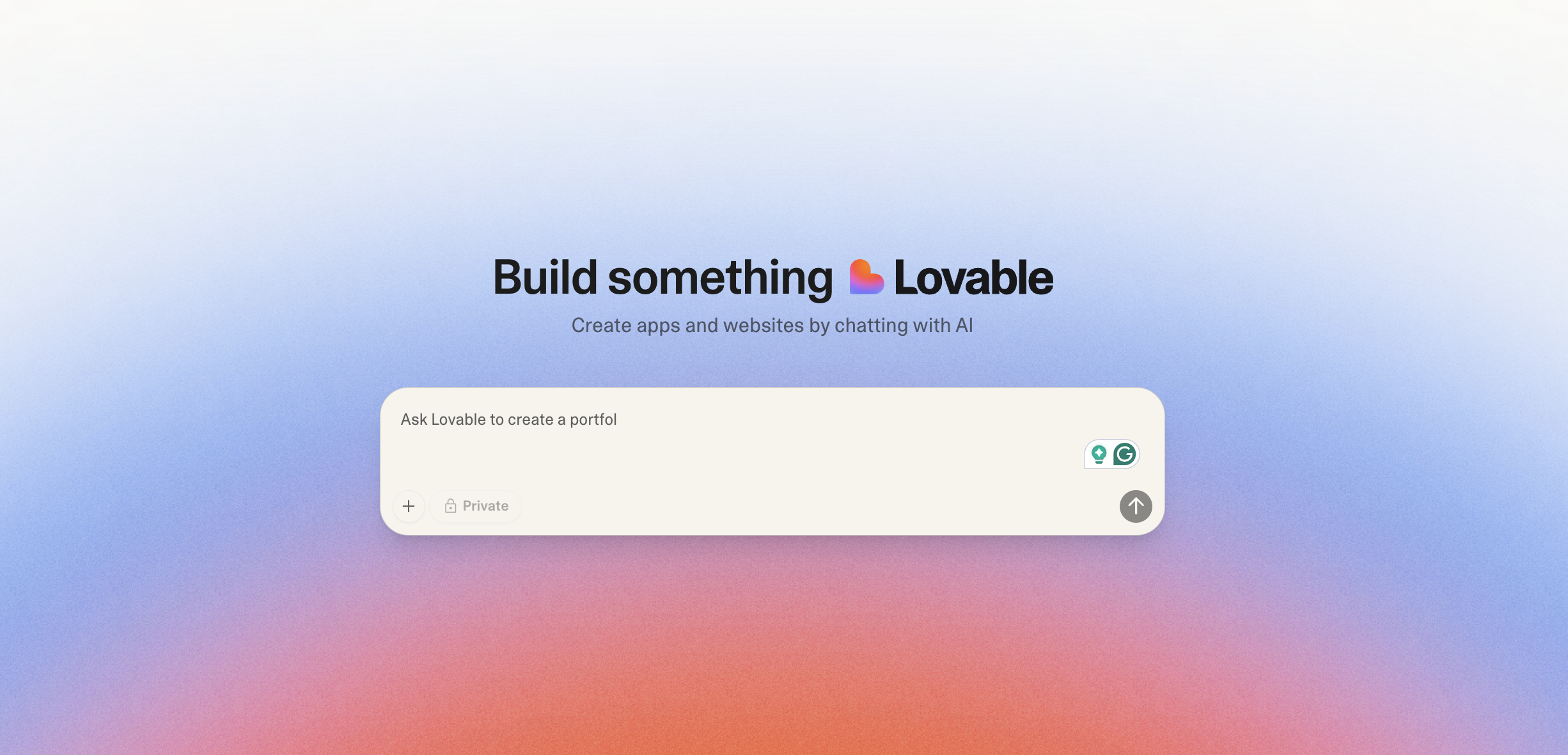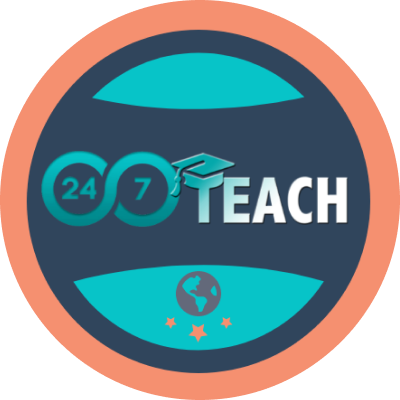The Teacher’s Guide to Instructional Design Interviews
By: Luara Campion
24/7 Instructional Designer
Prefer to listen to this post? Click below.
The Comprehensive Guide to Succeeding in Instructional Design Interviews - A Former Teacher's Perspective:
Teaching was never my dream. I stumbled into it by accident and stayed because I loved the kids. But education is something I’ve always been passionate about. If you’re not learning from an experience, then why do it at all? And I recently realized that as a teacher, I’d stagnated and was no longer learning or growing myself. I decided it was time to make a change. I read about instructional design as a possible career option and immediately knew it was meant for me. It’s so many different jobs in one – you’re a planner, a designer, a project manager, and most importantly, an educator. But how could I navigate the super competitive world of instructional design with just my middle school teaching background, an education degree, and hope?
It was more than just a change in job titles – it was about redefining my role. I was no longer an instructor delivering lessons but rather a professional capable of analyzing corporate needs, building learning experiences, implementing training programs, and assessing their efficacy.
The interview process was (and still is!) intimidating, and I’ve had to battle serious imposter syndrome every step of the way. But my advice to you if you’re even considering taking the leap, is just to put yourself out there. You never know what opportunities you’ll stumble across or where an interview may lead.
Below are some insights I gained from my journey, and I hope that some of these tips will benefit you in your own interview process.
It’s all about speaking the language of the field and communicating your skills effectively.
Reframe Your Teaching Experience
As you prepare for interviews, think about the teaching skills you will highlight. You already know how to analyze student data, create tailored lesson materials, and adapt your teaching strategies based on the result of assessments. These abilities are all major components of the instructional design process! Plus, as a teacher, you already have experience working in a fast-paced, demanding, high-pressure environment.
What hard and soft skills do you already possess from your tenure in the classroom?
Here are some of the ways you can reframe your skillset for your next ID interview:
Digital Literacy Skills:
Teachers use learning management systems (LMS) and e-Learning platforms daily! Think about the technological tools you use in the classroom and how they prepare you with the digital skills required for instructional design work
Project Management and Prioritization:
Teachers are some of the best project managers I know! You can successfully monitor the progress of 30+ kids daily, all with different needs and learning styles. You also know how to prioritize tasks when faced with a never-ending to-do list intuitively.
Collaboration Skills:
Think of all the school committees and teams you worked with. This experience sets you up perfectly to build relationships with stakeholders and SMEs in an instructional design role.
Creative Problem Solving
How resourceful are you at identifying systemic problems and implementing solutions to address them? Think of the structures you put in place at your school to streamline existing processes or to create new Ones.
Data-Driven Analysis:
As teachers, we’re constantly collecting and monitoring data to make informed curricular decisions. You can leverage this skill to perform needs analyses and evaluate the efficacy of your learning solutions as an instructional designer.
Adaptability and Growth Mindset:
No one is more flexible than a teacher. You take on new initiatives and district-wide shifts every year with grace. You adapt your lessons constantly to meet the changing needs of your students. This is a huge asset in the ID world!
Commitment to Continuous Learning:
Instructional design is ever-evolving. You must constantly stay updated on technological advancements and best practices as new research emerges. Both teachers and instructional designers must demonstrate a willingness to expand their knowledge and grow their skills over time.
Shift Your Language:
You’ll want to shift the terminology you use to sound less like a teacher and more like a corporate professional in your interview. Consider these subtle language shifts:
Pedagogy to Andragogy:
Andragogy is the facilitation of adult learners. It’s based on 4 principles:
Adults need to know the WHY behind what they’re learning
Adults learn best experientially.
Adults approach learning through problem-solving.
Adults learn best when the knowledge is of immediate value.
Teacher to Facilitator:
Whether you design eLearning, instructor-led trainings (ILT), or virtual instructor-led trainings (VILT), the role of the teacher shifts to a facilitator of learning.
Projects Deliverables:
In instructional design, the tangible project is referred to as a deliverable. You will likely have to complete multiple iterations (versions) by incorporating feedback.
Lesson Planning to Storyboarding / Action Mapping
Instead of lesson planning, you will design your learning materials using various methods. For example, you may be creating a storyboard or an action map.
Professional Development and Upskilling
Instead of describing what you learned from PDs, talk about the ways you are upskilling or growing and expanding your skills.
Terminology Relevant to Both Teaching and ID:
Accessibility
Blended Learning
Compliance
Formative & Summative Assessments
Learning Objectives
Learning Outcomes
Synchronous vs. Asynchronous Learning
Cultivate an Instructional Design Mindset:
No matter what company you end up with, your primary role will be to solve organizational problems through learning. The focus shifts from helping individual students to bringing value to your team and the entire organization.
The questions become:
How can you make learning opportunities that are digestible, engaging, and memorable for adult learners?
What impact will your learning materials make on the behaviors of employees?
You must describe the measurable impact you made on students, parents, and administrators throughout your teaching career. Be prepared to provide specific examples of:
How you assessed learning needs and created learning materials to address these directly
How you used data for continuous improvement
How you used technology proficiently
How you created multiple entry points for various learning styles
How you formed positive relationships with stakeholders, even when they were difficult to work with or had conflicting interests
Conclusion:
My journey from the classroom to instructional design was filled with introspection, growth, and continuous learning. I realized the key to a successful transition was the ability to communicate the skills I’d already developed as a teacher in a way that resonated with the needs of an organization. Instructional design is more than just delivering content knowledge; it’s about designing effective learning experiences. Your teaching experience is incredibly valuable, so market yourself accordingly!
I hope my experience is a helpful guide to you as you embark on your own journey.
Good luck!
Need Guidance on Navigating the Shift to Instructional Design?
Before You Go...
Discover the Unmatched 24/7 Teach Experience:
Our Instructional Design bootcamps and career coaching services have a 100% success rate. We redefine learning by immersing you in practical, hands-on projects, ensuring you acquire vital professional expertise while making a meaningful difference in your community.
Unlock your true potential today with 24/7 Teach and invest in your future.










